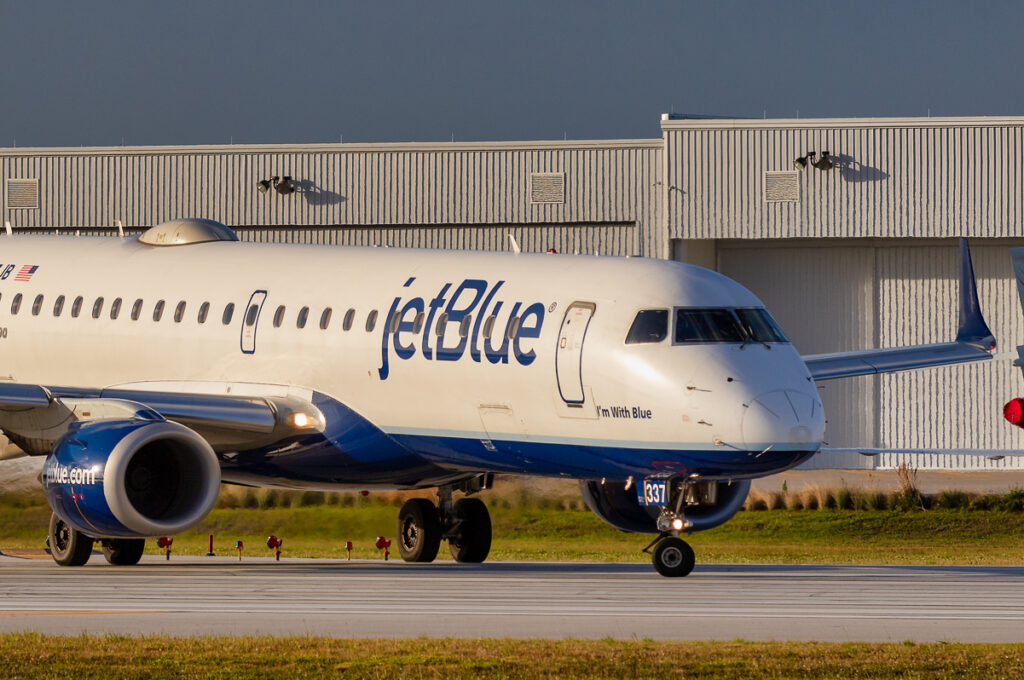JetBlue reported a significant $716 million loss as it adjusts its strategy following the termination of its merger with Spirit Airlines. The airline is now focused on returning to profitability as a standalone carrier after paying hefty fees to end the merger. CEO Joanna Geraghty emphasized the importance of executing the refocused standalone plan to move forward from the failed merger. The loss was partially attributed to these fees, with second-quarter revenue expected to decline by up to 10.5% and full-year revenue by single digits.
Latin America has seen an increase in capacity, leading to pressure on JetBlue’s revenues. The region constitutes 35% of JetBlue’s total capacity, with a 60% increase in industry capacity since 2019. JetBlue is adjusting its strategy by cutting underperforming routes and focusing on leisure destinations like Florida, Mexico, and the Caribbean. The airline also plans to reduce the number of daily flights from LaGuardia Airport from 50 to 30, with further reductions planned. A revamped loyalty program and premium offerings aim to attract more leisure travelers, with record revenue from frequent flyer program members in the first quarter.
JetBlue continues to face issues with Pratt & Whitney’s geared turbofan engines, affecting the operation of its Airbus jets. The airline expects to have an average of 11 aircraft out of service throughout the year due to these engine problems. They are in the process of reaching a compensation agreement with Pratt & Whitney for the disruptions. JetBlue is also phasing out regional Embraer E190s in favor of Airbus A220 to improve costs in the long run. By retiring the regional fleet, the airline has already saved $70 million in maintenance costs, with expected savings of $100 million by the end of the year.
Despite the challenges, JetBlue remains focused on its standalone strategy and is making key decisions to optimize its route network and fleet to attract more leisure travelers. By reallocating capacity from underperforming routes to popular leisure destinations, the airline aims to increase profitability in the long term. Enhanced loyalty programs and premium offerings are key components of this strategy to boost revenue and drive growth. However, ongoing issues with Pratt & Whitney engines continue to pose operational challenges and impact the airline’s ability to maintain its schedule efficiently.
JetBlue’s performance is reflective of broader trends in the airline sector, with the company facing similar challenges to other carriers in the industry. The airline sector stock index performance year-to-date has been impacted by various factors, including economic conditions, fuel prices, and operational challenges. Despite these difficulties, JetBlue is taking proactive steps to address its specific issues and improve its overall financial performance. By focusing on streamlining operations, enhancing customer experience, and optimizing its route network and fleet, JetBlue aims to navigate the current challenges and return to profitability as a standalone carrier.


